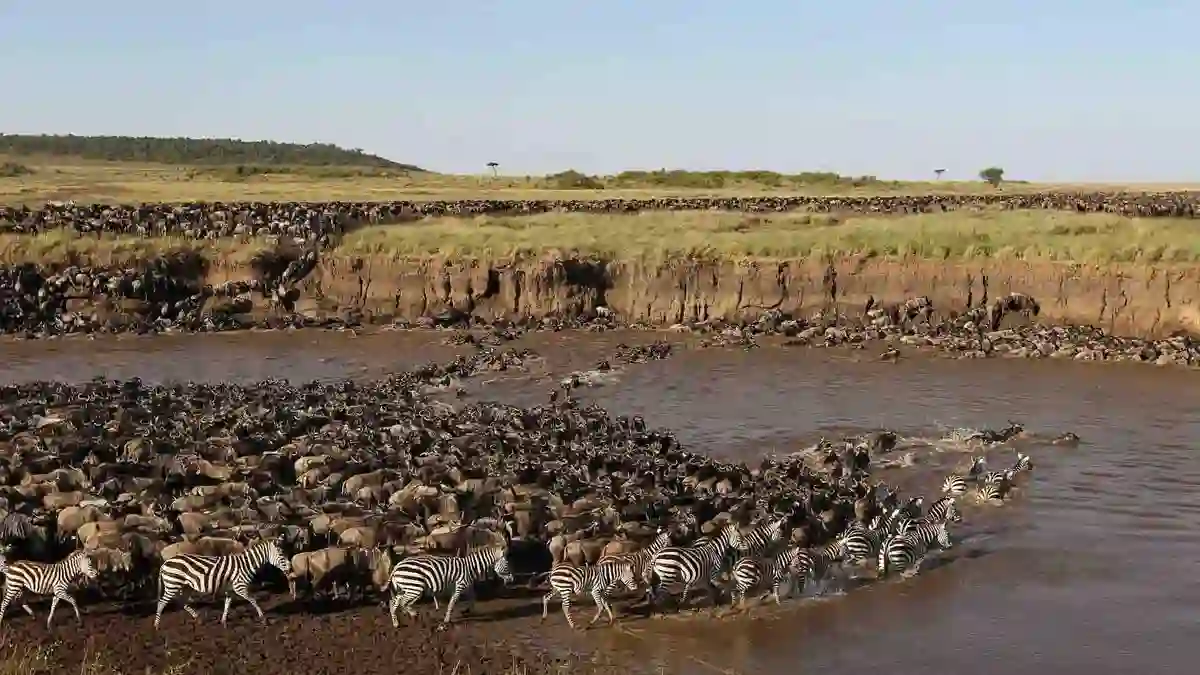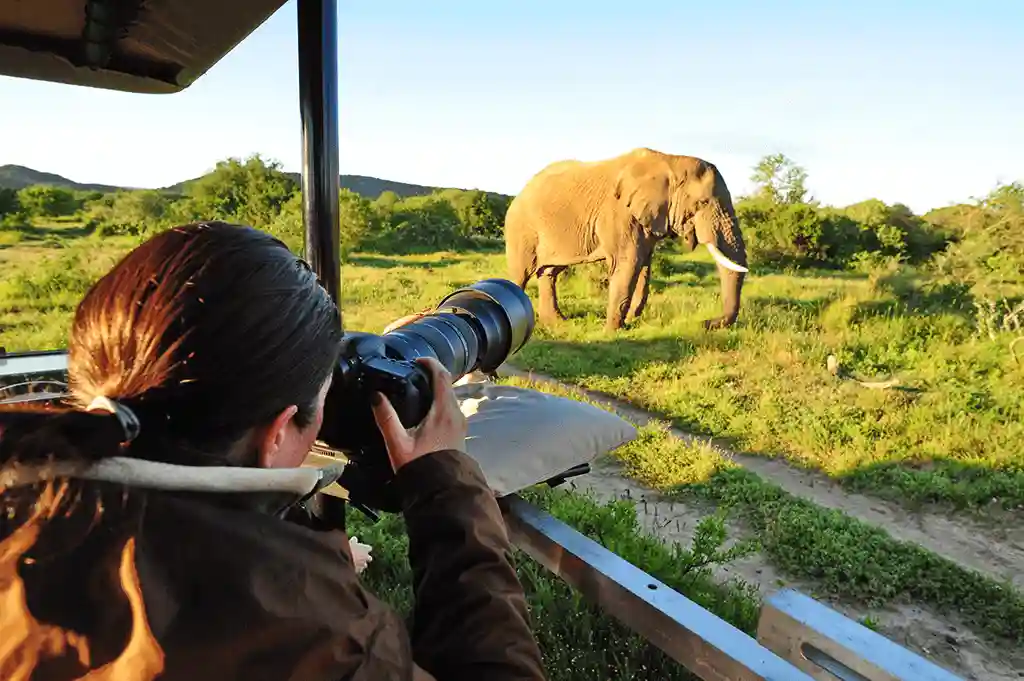When To Go Serengeti National Park: A Guide for Travelers
Planning a visit to the Serengeti National Park is a dream come true for many travelers. This iconic destination in Africa is renowned for its breathtaking wildlife, stunning landscapes, and unforgettable safari experiences. However, to make the most of your trip, it’s crucial to choose the right time to visit. In this comprehensive guide, we’ll delve into the best times to go to Serengeti National Park, taking into account weather, wildlife sightings, and other factors that will ensure you have a memorable adventure.

The Seasons of Serengeti
The Serengeti National Park experiences two main seasons: the dry season and the wet season. Each season offers a unique experience, so the best time to go depends on your preferences and what you hope to see and do during your visit.

1. Dry Season (June to October):
The dry season is often considered the best time to visit Serengeti National Park. It falls between June and October and is characterized by clear skies, warm temperatures, and minimal rainfall. Here’s what you can expect during this season:

Great Wildlife Viewing: The dry season is when the famous Great Migration takes place. Millions of wildebeests, zebras, and other herbivores move from the Serengeti to the Maasai Mara in Kenya in search of greener pastures. This is a wildlife spectacle like no other and a must-see for any safari enthusiast.
Excellent Visibility: With the grasses in the park being shorter due to grazing, it’s easier to spot wildlife. Animals gather around water sources, making game drives more rewarding.
Ideal for Photography: Clear skies and abundant sunlight create perfect conditions for photography. Capture stunning images of the wildlife against the backdrop of the Serengeti’s iconic landscapes.
Mild Malaria Risk: The dry season sees fewer mosquitoes, reducing the risk of malaria. However, it’s still advisable to take precautions and consult a healthcare professional before traveling.

2. Wet Season (November to May):
The wet season in Serengeti National Park spans from November to May. While it might not be as popular as the dry season, it has its own charm and advantages:
Lush Greenery: The landscape transforms into a lush green paradise during the wet season. The plains burst with vibrant vegetation, making for picturesque scenery.
Baby Animals: This is the calving season for many herbivores, and it’s the ideal time to witness adorable baby animals taking their first steps in the wild. Predators are more active during this time, making for exciting wildlife encounters.
Fewer Crowds: The wet season sees fewer tourists, which means you can enjoy a more intimate safari experience without the crowds.
Lower Costs: Accommodation and safari prices are generally lower during the wet season, making it a budget-friendly option.

Factors to Consider
When planning your visit to Serengeti National Park, there are a few additional factors to keep in mind:
Crowd Tolerance: If you prefer solitude and quieter game drives, consider visiting during the wet season. However, if you want to witness the Great Migration, be prepared for larger crowds during the dry season.
Temperature Preferences: The dry season offers warm, sunny days and cooler nights, while the wet season can be hotter and more humid. Choose the time that aligns with your comfort zone.
Budget: Determine your budget and compare prices for accommodation and tours during both seasons to find the best deals.

In Conclusion
Deciding when to go to Serengeti National Park ultimately depends on your personal preferences and what you hope to experience during your trip. Whether you choose the dry season for incredible wildlife sightings or the wet season for lush landscapes and lower costs, Serengeti National Park promises an adventure of a lifetime. Plan your visit accordingly, and get ready to immerse yourself in the wonders of the African wilderness.
Explore the Serengeti National Park like never before with our curated selection of related safaris. Witness the awe-inspiring Great Migration, track the Big Five, and immerse yourself in the untamed beauty of this iconic African wilderness. Our safaris offer a chance to experience the Serengeti’s diverse ecosystems, abundant wildlife, and breathtaking landscapes, creating memories that will last a lifetime.